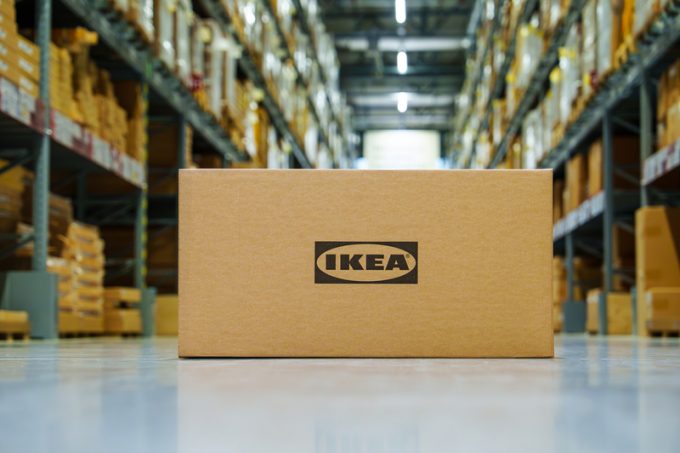Threat of rising oil price adds to frustration for crisis-hit supply chain chiefs
New warnings from the World Bank of surging oil prices, adding to the continuing instability ...

European importers are facing delays in receiving product from Asia of up to a month, while freight costs have trebled.
Nevertheless, there is some welcome relief for shippers as freight rates start to come off the boil.
The latest research paper produced by S&P Global Market Intelligence focuses on the impact of the Red Sea diversions on furniture supply chains in European and US markets.
“Disruptions to shipping through the Red Sea are causing challenges,” says the report, noting that imports from Asia account for a huge 63% of all European furniture imports, while Asian furniture heading for the US makes up a lower, but still significant, 33% of all furniture imports.
And the sector could be hit further by a shortage of wood exports from Europe to China, with backhaul vessels delayed and loading ports being skipped in North Europe.
In the past few weeks, major global players like Ikea and BDI Furniture have warned of delays to deliveries and a reduction in their inventories, while smaller companies are having to turn customers away.
Indeed, in the leisure sector, a UK NVOCC contact told The Loadstar his garden furniture wholesaler client was “screaming at him daily” for news of his shipments.
“At the moment, I can’t tell him much; there are some shipments in transit, but some of his orders are stuck in China and we don’t know when they will be shipped out.
“One thing we do know is that the final freight cost will be much higher than the client budgeted for, which is just adding to his pain,” said the NVOCC.
Meanwhile, in order to improve supply chain visibility on Asia-Europe and transpacific routes, all US east coast-serving ocean carriers have attempted to reset their schedules on the basis of a medium-term re-routing of ships around the Cape of Good Hope.
However, one carrier contact told The Loadstar the temporary schedules were “organised chaos”, with final decisions on port rotations and port omissions made “at the last minute”.
“Fortunately, the ports can cope as they are in a much better position than during the pandemic, with yard utilisation levels quite healthy, but you’ve got to feel for the importers receiving conflicting information on ETAs,” said the contact.
Listen to this Loadstar Podcast clip of Rob Powell, MD of Miro Logistics, on how UK exporters have been affected by unexpected Suez charges.
Nevertheless, freight rates are beginning to soften, with today’s Ningbo Containerized Freight Index (NCFI) report noting that in the past week it had recorded a rate decrease in 18 of its 21 export routes from China, as demand declined.
“Some cargo owners have chosen to postpone shipments until after the Chinese New Year holiday,” says the NCFI commentary.
And several other analysts have questioned the strength of demand post-CNY, and whether carriers will be able to hold onto the huge rate hikes they implemented as a consequence of the Red Sea crisis.
Platts Global reported that North European and Mediterraen rates had “dropped-off” as the market moves into February, and speculated that carriers would blank more sailings in support.
“European container markets continued on a decline over the week, owing to dropping indications from carriers in the build-up to the expected calm brought by the post-lunar new year period,” said its weekly container freight commentary.
Comment on this article